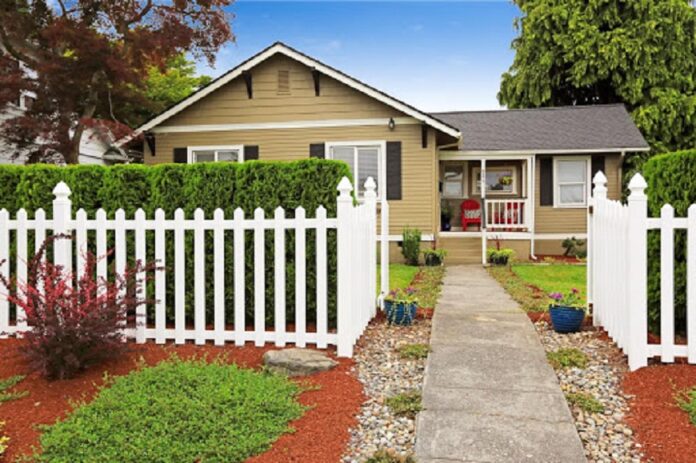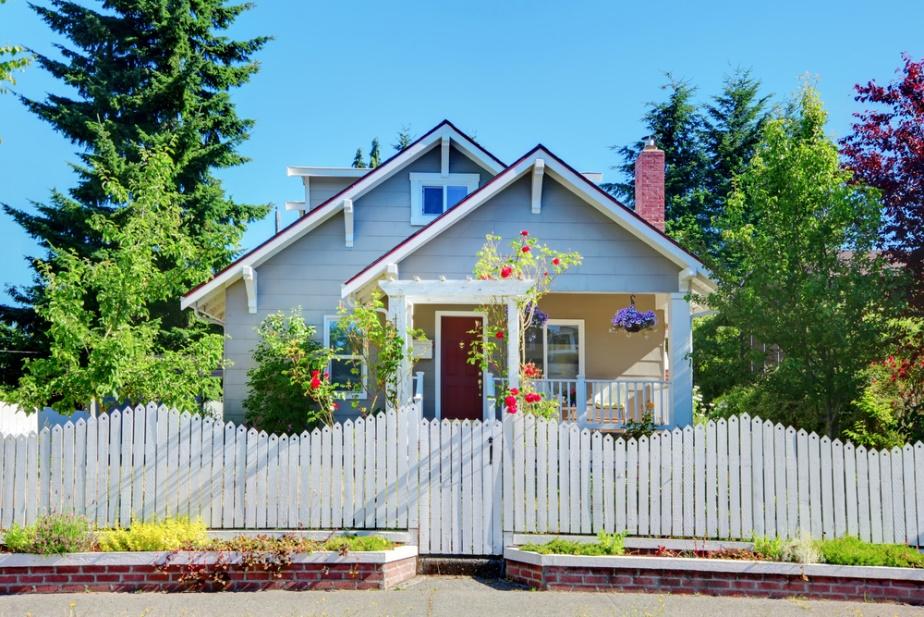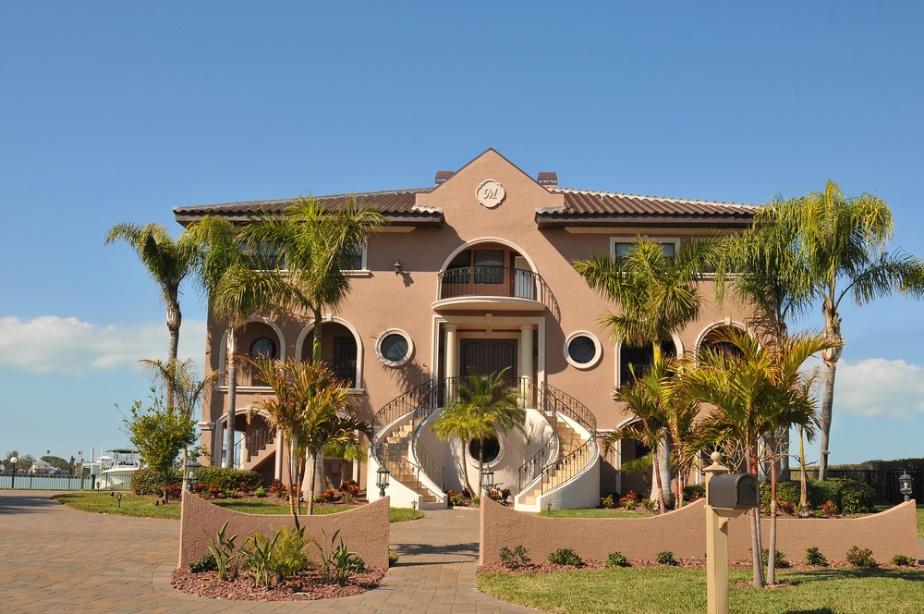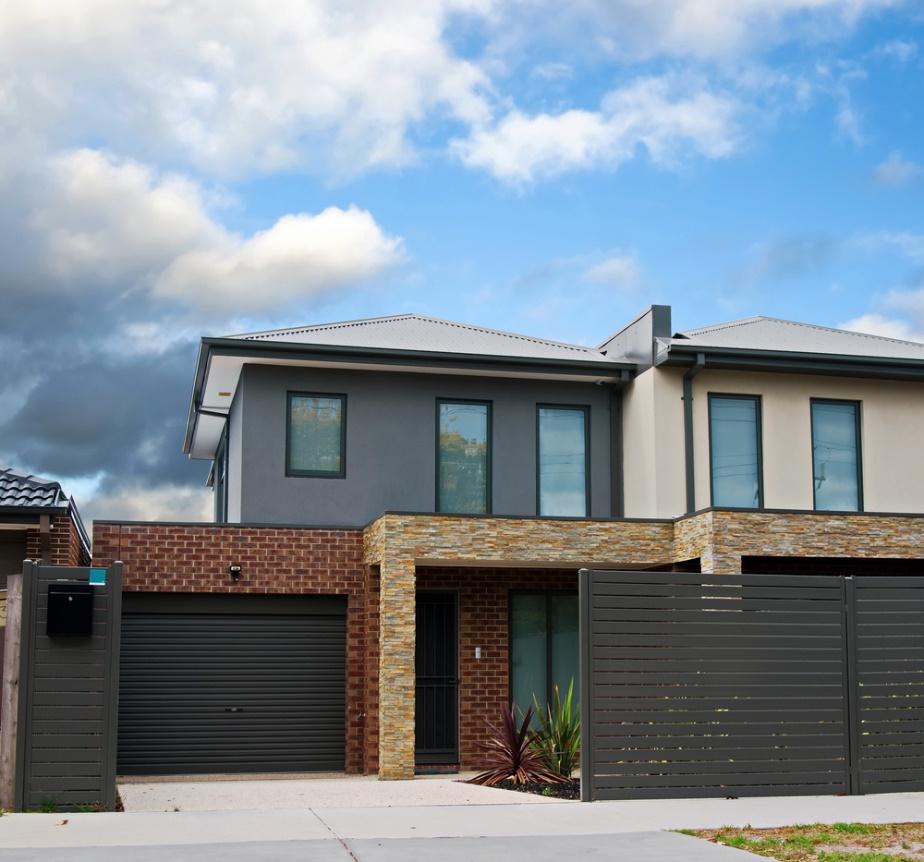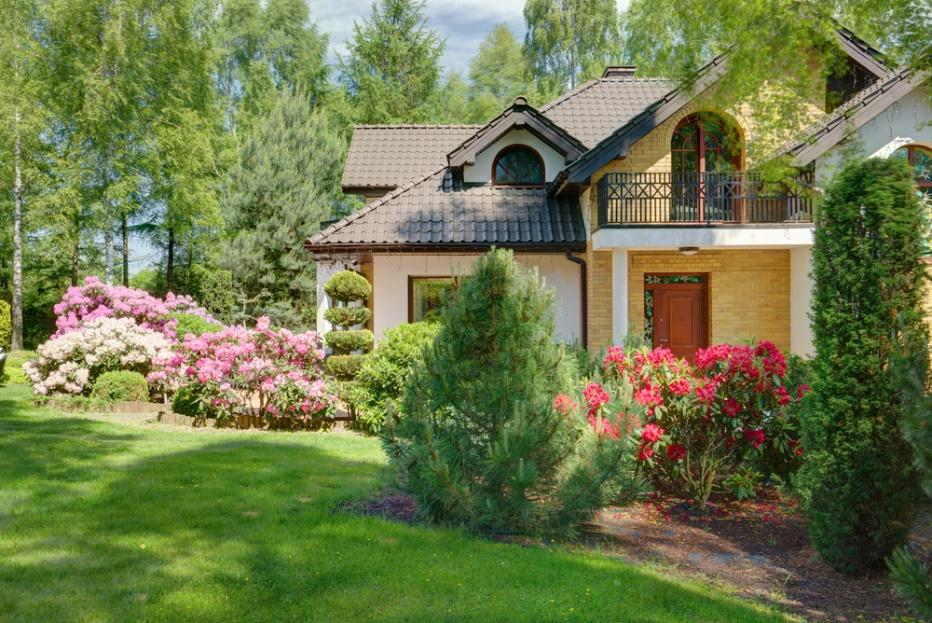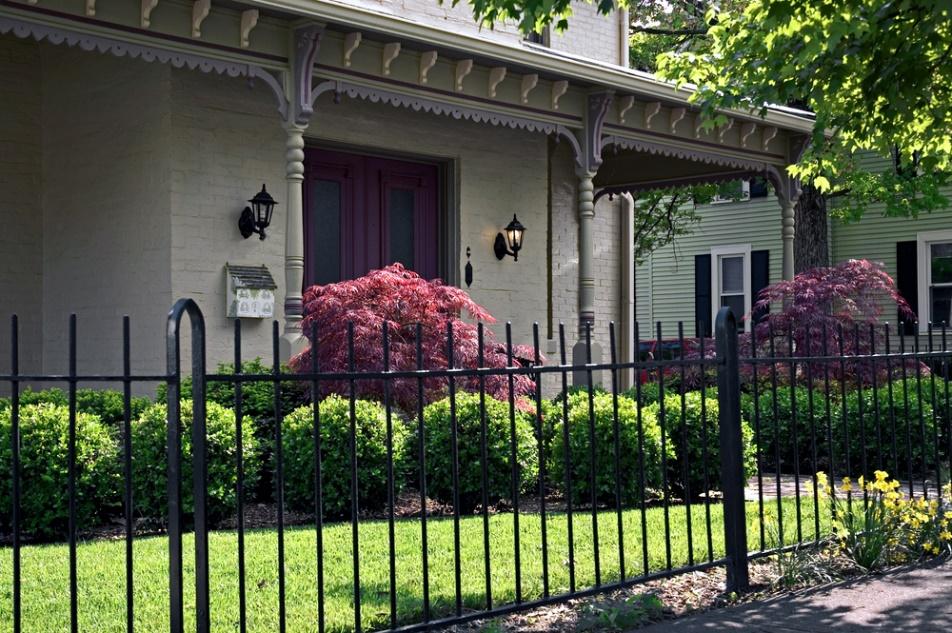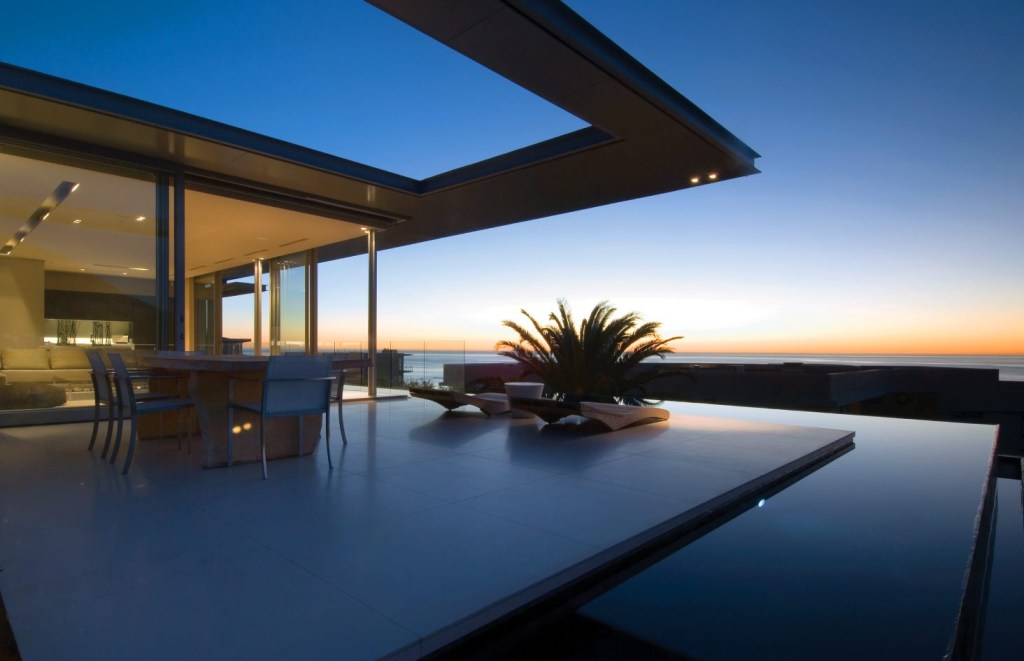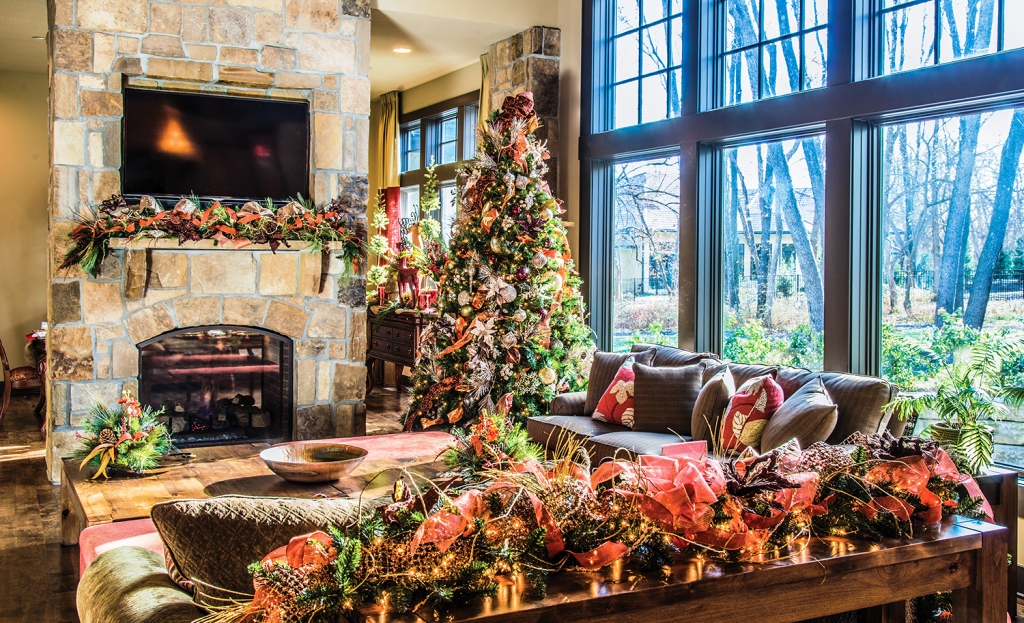If you’re looking to add a fence, or replace your existing one, you’re likely seeking one that will be affordable, easy to maintain, and will blend well with your home’s overall architecture. As one of the most outward parts of your property, your fence plays an important role in your home’s curb appeal.
A fence can either accentuate or severely diminish a house’s best features, so it’s important to make an informed decision.
Investing in a fence is always a wise choice. It provides a sense of privacy and security, while also discouraging burglars and trespassers. However, you want your fence to be as much form as function. Each home type integrates best with a different kind of fencing, so make sure you choose the right one for yours.
American Suburban
It seems like a cliché: a white picket fence for the traditional American suburban home. However, the fact of the matter is, no matter which American-style home you have (be it Craftsman or Cape Cod), a white picket fence is a versatile and inviting addition.
A white picket fence aligns perfectly with the white trim of these homes, and is just subtle enough not to detract from their charm.
Furthermore, a picket fence is a mid-range option that aligns perfectly with the caliber of this kind of home. It’s not luxurious, but it’s not low-end either. It’s a classic and timeless option.
Mediterranean
Mediterranean homes have a complex architecture that ranges from Spanish-style estates to Italian villas. Due to their stylistic nuances and exuberant appearance, they will benefit from an understated fence. A stucco fence that matches the hue of the house itself is perfect.
Stucco fences exude just enough privacy to complement the home’s high-end aesthetic, while still allowing it to be the main attraction. They’re also highly durable, and one of the longest lasting fencing options you can invest in.
These kinds of fences also pair beautifully with a wrought iron gate leading onto the property.
Modern
Modern homes are lauded for their practicality. They’re simplistic, sleek, and easy to maneuver, with an uncomplicated design. For this reason, their fences usually tend to match. A vinyl/composite fence is a diversely capable option for these kinds of homes.
Vinyl fences are durable, easy to care for, and require very little maintenance. Their pragmatism is perfectly in line with that of a contemporarily-styled home. Furthermore, they’re easy to paint and super minimalistic.
Stone fencing also pairs well with a modern home. The varied texture of this kind of fence can counterbalance the moderate stylings of the modern home.
Cottage
The quaint, cozy charm of a cottage-style home deserves an equally quaint and cozy fence. This leaves numerous options, with the best one being a living fence. A living fence consists of using vegetation instead of man-made materials to create a perimeter.
Privet, juniper, box hedges, and cedar trees are ideal materials to compose a living fence. Their tall, dense foliage makes for added privacy as well.
Wooden fences made out of reclaimed wood, bamboo, or Western red cedar also go well with the woodsy and rustic aesthetic of most cottages. They also give off a sense of warmth that complements cool-toned cottages made out of stone or similar materials. Meanwhile, a living fence will cool down the warm look of a brick cottage.
Victorian
An iron fence is the prime choice for a Victorian home. Its ornate appearance aligns with that of the Victorian architectural style. Furthermore, while it elicits structure and security, it does not overwhelm or detract from the house itself.
Finding an iron fence with intricate scrollwork will further enhance the curb appeal of high-end Victorian mansions and houses. It can also be paired with an iron gate for maximum grandeur.
Iron fences can also be easily painted to take on a more varied appearance. When brushed with a bronze hue, they can adopt a more antique look, emphasizing the 19th century design of these homes.
Your home’s fence should complement or accentuate your home’s architecture, but never contrast it.
Rather than being an element around your home, you should view it as part of your home when making your selection. With the right fence, you can boost your home’s curb appeal while simultaneously ensuring your property’s security.

